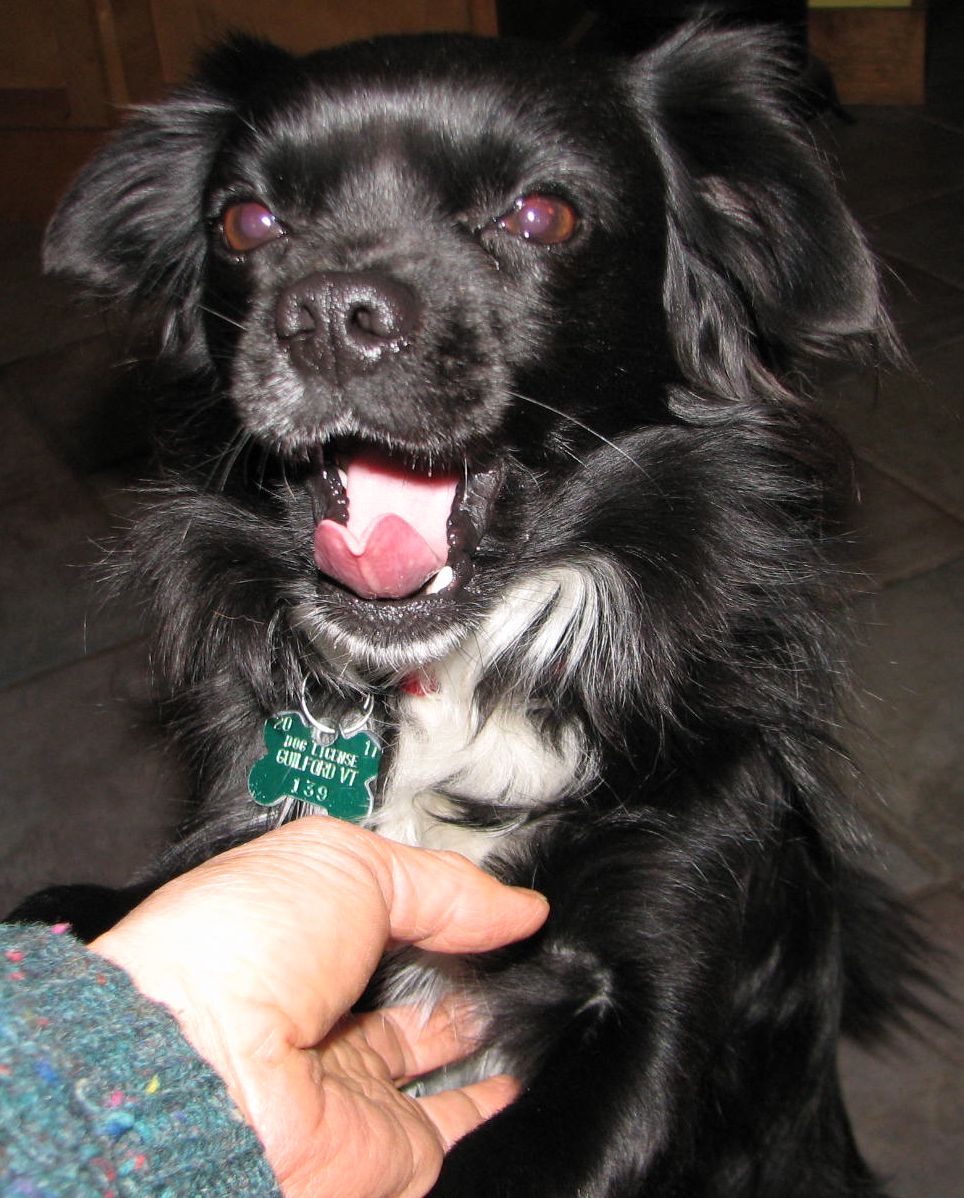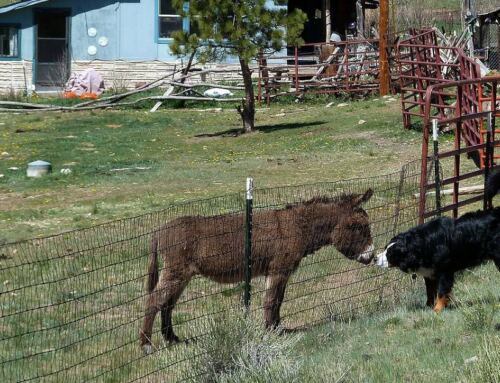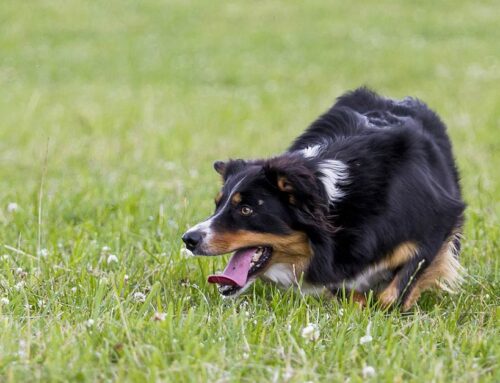 It stands to reason that if we have not ever lived with a seriously scared dog that we would not have developed the skills to work effectively with them. Even if we’ve assisted other people living with a dog like this, there’s nothing quite like 24/7 to put our feet to the fire.
It stands to reason that if we have not ever lived with a seriously scared dog that we would not have developed the skills to work effectively with them. Even if we’ve assisted other people living with a dog like this, there’s nothing quite like 24/7 to put our feet to the fire.
I regularly speak with people embarked on the bumpy journey to change their dogs. Many, after hearing the suggestions I make, express regret that they had been going about it ineffectively for as long as they had. It was obvious that what they were doing was ineffective, but unaware of the protocols used to change emotional responses and behaviors in dogs, had no way to discern if the problem was with the dog or with them. Many were following the advice of misinformed trainers or veterinarians and doubted their own ability to apply what were ineffective protocols to begin with.
The two ingredients which are essential to the process of helping fearful dogs are skill and patience. We can often stumble along making slow headway if we are missing one or the other, and it’s what most of us do when first confronted with the challenge of training fearful dogs. It’s when both of these key ingredients are missing from the mix that it becomes frustrating and potentially deadly for the dog. It is often our lack of patience with a dog that compels us to put too much pressure on them and some will snap, literally snap. Dogs who bite people or other animals run an increased risk of being abandoned or killed.
We improve our skills through education and practice. It takes time and energy. That education can also help increase our patience with a dog. When you understand that a terrified dog can’t do what you are trying to get them to do and is not being willfully disobedient it’s easier to cut them some slack. No one stands a 9 month old baby on their feet and implores them to walk or is surprised or disappointed when they don’t. Or we become able to see their behavior for what it is, a warning or a plea.
We shouldn’t be surprised that someone who has only ever lived with happy, social dogs would struggle when an unsocialized or abused dog lands in their home. We need to extend some of that patience to ourselves as the dog’s trainer and caretaker. We too can continue to become more confident and competent in the way we communicate and go about the unending process of becoming better than we already are.
What are the other ingredients you add to your work with fearful dogs?





